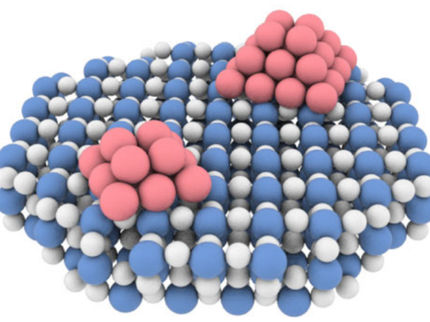Titania photocatalyst produces hydrogen and generates photocurrents under visible light
Advertisement
Combining a cheap polymer resin with titania produces a photocatalyst that can produce hydrogen and generate photocurrents under visible light, say scientists in the Republic of Korea.
Titania is commonly used as a base material for solar energy conversion. But it has a wide band gap so doesn’t absorb visible light protons. Scientists have tried various ways to attain visible light activity with titania, including doping, but it can often reduce the photocatalytic efficiency.
Here, the team has grafted a cheap phenolic resin (PR) onto titania simply by dispersing PR and TiO2 powders in acetone. The complexed PR layer sensitises TiO2 under visible light through the ligand-to-metal charge transfer mechanism.
Original publication
Organizations
Other news from the department science

Get the chemical industry in your inbox
By submitting this form you agree that LUMITOS AG will send you the newsletter(s) selected above by email. Your data will not be passed on to third parties. Your data will be stored and processed in accordance with our data protection regulations. LUMITOS may contact you by email for the purpose of advertising or market and opinion surveys. You can revoke your consent at any time without giving reasons to LUMITOS AG, Ernst-Augustin-Str. 2, 12489 Berlin, Germany or by e-mail at revoke@lumitos.com with effect for the future. In addition, each email contains a link to unsubscribe from the corresponding newsletter.





























































